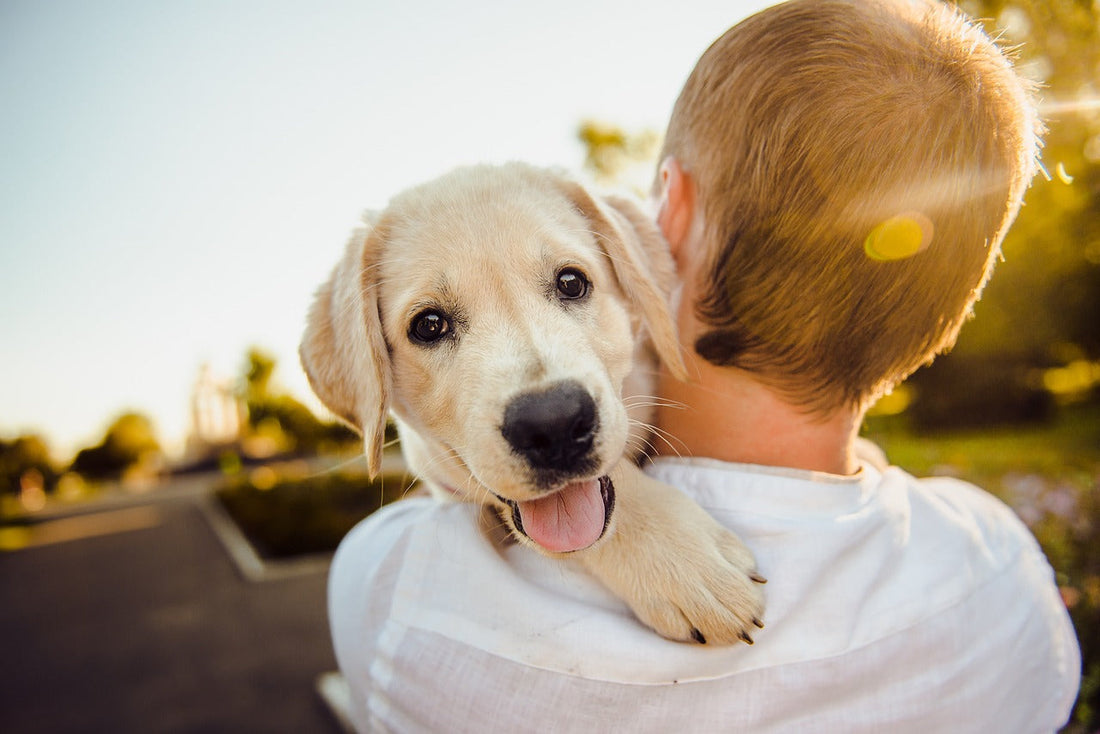Dogs, our loyal companions, are known for their unique ways of expressing themselves, but can they really laugh or smile like humans do? While the answer is a bit more nuanced, let's explore how dogs show happiness and excitement through their own special expressions.
Can Dogs Smile?
Yes, dogs can appear to smile, but it’s not quite the same as a human smile. A dog's "smile" happens when they have a relaxed, open mouth with their teeth slightly visible. This often indicates that the dog is feeling relaxed, content, and happy. It’s a friendly, non-threatening facial expression that is commonly seen when dogs are playing, enjoying a walk, or being petted.
However, it's important to note that not all teeth showing in a dog's face is a smile. Some dogs might bare their teeth as a sign of aggression or fear, so it's essential to look at the entire body language of the dog to understand their emotions.
Can Dogs Laugh?
While dogs don't laugh in the human sense, they do make sounds that can resemble laughter, particularly when they are in a joyful or playful mood. This sound is often described as a "play pant" or a "huffing" sound. It may sound like a laugh to our ears, but it’s essentially a relaxed and excited exhalation of breath.
When dogs make this playful noise, they often have a wagging tail, relaxed body posture, and bright eyes. It’s their way of showing excitement or joy, and it usually happens when they’re playing, being affectionate, or engaging with their favorite humans.
Understanding Dog Emotions
Even though dogs don’t have the same facial muscles or vocal cords to produce human-like laughter or smiles, they are still very expressive creatures. Dogs communicate primarily through body language, vocalisations, and facial expressions. They show happiness through:
- Tail wagging: A wagging tail, especially when it’s relaxed and wagging in a full arc, is a classic sign of a happy dog.
- Relaxed body language: A calm, wiggly body, relaxed posture, and soft eyes are all signs of a happy and comfortable dog.
- Excited barks or playful growls: Sometimes dogs will make playful noises when they’re happy or trying to initiate play.
How to Make Your Dog Smile
If you want to see your dog’s version of a smile or laugh, make sure to engage in activities that they enjoy. Playtime, long walks, cuddles, and positive reinforcement are all great ways to make your dog feel loved and happy. When dogs are in a good mood, they’re more likely to show their "smiles" and playful behaviours.
Final Thoughts
While dogs don’t laugh or smile exactly like humans, they certainly express happiness in ways that are just as heartwarming. Their version of a smile—relaxed mouth and playful body language—is a clear indication that your dog is content and enjoying the moment.
So, next time you see your dog’s "smile," know that it’s a sign of their joy and bond with you!

